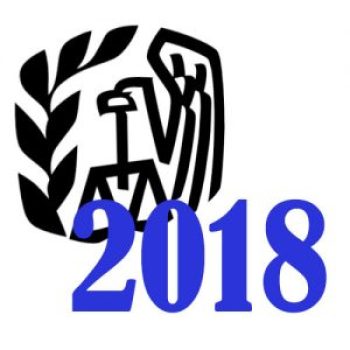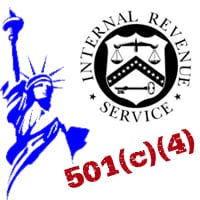The IRS 2018 Work Plan for Tax-Exempt Organizations, released in late September, continues a three-part theme from the IRS’s 2017 Work Plan: Efficiency, Effectiveness, and Transparency, with a few issues of unique focus for the upcoming year.
Efficiency. The IRS’s goal for efficiency is mostly driven by its limited resources: the staff size and the budget for oversight have continued to decline, even as the number of exempt organizations continues to grow. In response, the IRS’ imperative is to implement strategies which maximize efficiency in oversight of tax-exempt compliance. This is largely accomplished by the use of data analytics, particularly through mining data from filed Form 990s to identify returns with a likelihood of non-compliance. To achieve efficiency, and where appropriate, the IRS is doing more compliance checks and correspondence exams in place of more labor intensive in-person field exams.
Effectiveness. The IRS is also using a data-driven approach to do more strategic case selection. It has created (and is continually refining) specific queries of Form 990 data fields, often using combinations of data fields to identify potential non-compliance. Although not explicitly noted in the 2018 Work Plan, during a recent webinar hosted by Ernst & Young, TE/GE Commissioner Sunita Lough explained that the five strategic issue areas for tax-exempt compliance outlined in the 2017 Work Plan — (1) Exemption; (2) Protection of Assets; (3) Tax Gap; (4) International; and (5) Emerging Issues — continue to be the foundation of the IRS’s compliance efforts. The 2018 Work Plan particularly highlights the following issues in its compliance strategies for the year:
- Supporting organizations filing 990-Ns
- Organizations seeking 501(c)(3) status that previously operated as for-profit entities
- Private inurement/benefit: based on unspecified “indicators”
- Employment tax non-compliance
Transparency. One new strategy, Knowledge Management, fulfills all three themes: efficiency, effectiveness, and transparency. The IRS has created informational tools for its agents to more efficiently and effectively carry out their enforcement responsibilities. This is especially critical now as longtime staff with significant knowledge have been departing the agency. Toward achieving greater transparency, these tools are being made available to the public. Two of these Knowledge Management tools are called Issue Snapshots and Audit Technique Guides (ATGs).
Issue Snapshots provide analysis and resources for a given technical tax issue. Planned topics include issues involving gaming, unrelated business income (and related exemption issues), IRC section 501(r), organizational test requirements, and employment tax. Each snapshot includes “issue indicators” and “audit tips.” Examples of published Issue Snapshots are “Advertising or Corporate Sponsorship Payments?” and “Identification and Treatment of Income from Mailing Lists.” New Issue Snapshots will continue to be added and posted here.
Audit Technique Guides (ATGs) recommend specific examination techniques, explain specialized business practices and terminology, and explore issues common to certain types of exempt organizations.[1] The 44-page ATG for public charities, for example, outlines the procedures for determining the proper foundation status for organizations described in IRC Section 501(c)(3); provides guidance on determining and addressing the presence of inurement, private benefit, and excess benefit transactions; and discusses political and legislative activities, how to determine if they are present, and their effect on charities.
[1] The IRS website states that the material in the ATGs is drawn from former Internal Revenue Manual (IRM) 4.76, Exempt Organizations Examination Guidelines, which was removed from the IRM in September 2017. For uniformity and consistency with other parts of the IRM, the IRS moved the technical guidance information formerly found in this IRM to ATGs.
- Karen l. Wuhttps://perlmanandperlman.com/author/144a895e365ae7a4/
- Karen l. Wuhttps://perlmanandperlman.com/author/144a895e365ae7a4/
- Karen l. Wuhttps://perlmanandperlman.com/author/144a895e365ae7a4/
- Karen l. Wuhttps://perlmanandperlman.com/author/144a895e365ae7a4/














